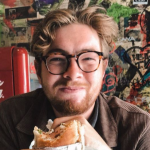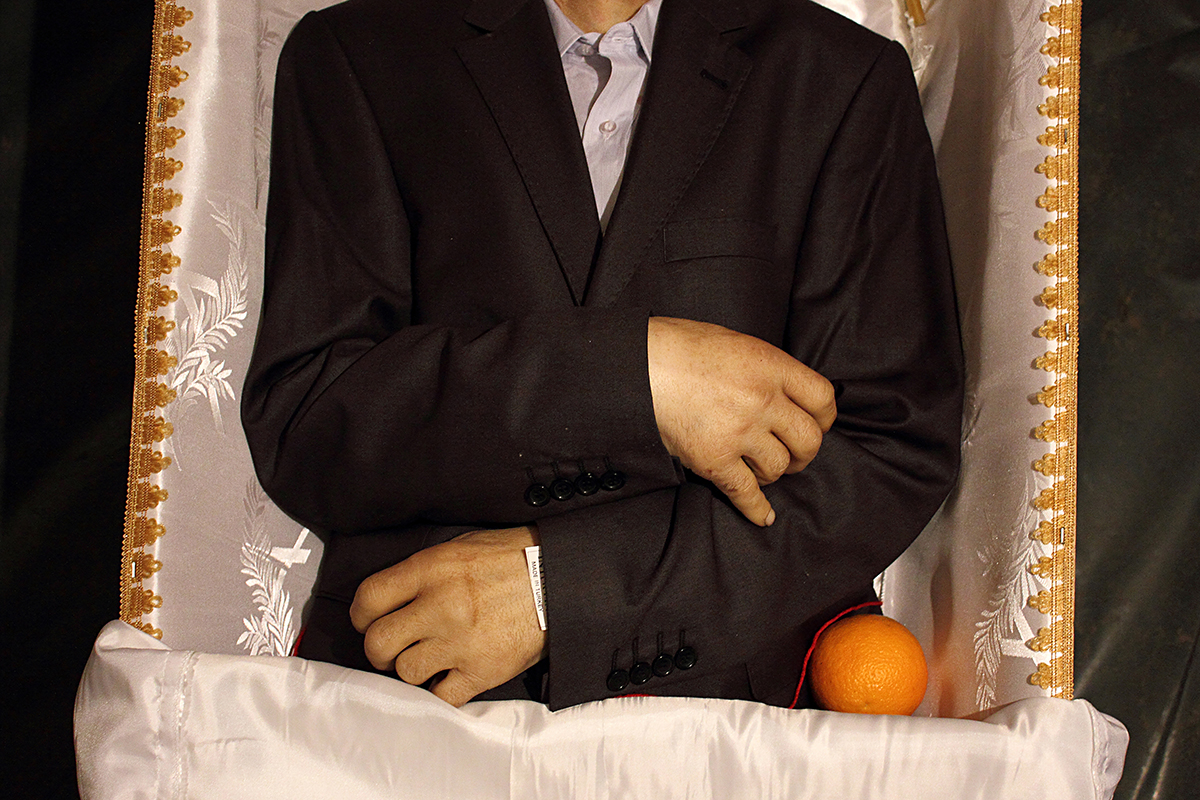
The Bosnian city of Bijeljina, nestled in the northeast, takes its name from the word “bijela” meaning “white”. Despite an absence of visual evidence as to why the city has been given this name, it nonetheless seems fitting. This is not due to an abundance of white buildings, of which there are few, but because the city possesses a muted, uniform complexion, lacking in pigmentation and expression.
t has the appearance of a purpose-built grid city; however, today it remains unclear what the original purpose was. The wide, straight roads that carve through the city are littered with small and quiet shops. In the backdrop, young girls glide in and around the lots of ex-communist buildings on roller blades, moving in concentric circles with seemingly no destination in mind. You get the impression that if you were to stay in the same place for long enough, you would see them several times throughout the evening.
In June of this year, the city held its first photography exhibition by local photojournalist Mitar Simikic. His photographs capture the lived experience of local people who have suffered economic, psychological, and political isolation from society. The exhibition was held in the city’s new art gallery – a large glass structure resembling an airport terminal, situated in one corner of the main square. The building’s primary function seemed to be its non-descript café and bar. Hidden away, behind the café was the exhibition room. The previous gallery, an older and more handsome building, stood in the same square. This transfer bears witness to the negligible role of art in Bijeljina and this exhibition would be the first time the projector has ever been used in the new gallery, which has been open for ten years now.

It comes across as strange that Mitar’s work, which focuses on local issues, is only now being exhibited. Mitar has not struggled to get recognition elsewhere – he has received several prestigious international awards for his work. However, it seems his photography is the most unknown in his hometown. His reticence to showcase his work comes from his apprehension of how it may be received by the town’s citizens. Photojournalism is not a particularly recognized profession in this city and Mitar has no photographer friends locally. In Bijeljina, he explains, the only photographers are commercial.
In addition to Mitar’s personal reservations, there are structural impediments to exhibiting work in Bijeljina. In any conversation, Mitar is quick to insist on the importance of local governor Mustafa Gradascevic’s role in the opening of his exhibition; a man whom Mitar didn’t think was a real politician when they first met. When I first sat down with Mitar, to my surprise, he brought the governor to lunch with us. In an unlikely alliance between local politician and artist, they have formed a close friendship, which has served as the driving force behind the recent display of Mitar’s work.

Mitar says it would have been very difficult for the exhibition to have taken place without the support of Mustafa. In fact, the exhibition was Mustafa’s suggestion. This is not to detract from Mitar’s talent, suggesting he should need special favors from local politicians but, rather, serves as a shameful reflection on the political environment aspiring photojournalists must navigate to make a name for themselves in this country. It seems difficult to envisage progress when artists hope their work will fall under the gaze of one of the few supportive politicians. Unsurprisingly, Mitar punctuates much of his conversation with appreciation towards Mustafa.
What seems to unite both Mitar and Mustafa, is their belief in helping the community. Mitar explains, how Mustafa is not an ordinary politician; he pays special attention to the people, spending as much time out of the office as possible, meeting with local citizens and trying to understand those who he represents. Without such an approach, the chances that he would have met with Mitar in the first place would be slim.
Similarly, Mitar maintains the same focus on the community. One of the joys Mitar finds in his work is the dignity he restores to his photographic subjects – those who are seemingly invisible and living on the margins of society. Mitar discusses the pride they experience when they find out someone wants to document their lives, how their children jump up and down with excitement when they are presented with photos of themselves – photos that transform the invisible into the visible.

Mitar further explains how, in the future, he wants his work towards bringing people from the town together and for his exhibitions to serve a social function, opening people up to his work and providing the inhabitants with a space to congregate. Furthermore, he would like to use his work to create connections between Bijeljina and other cities. In this regard, his artwork intends to both reflect a broken community as well as to heal it. Fittingly, Mitar seemed to be most satisfied with the fact that people from all different walks of life came to view his work – from total strangers to his proud boss who had previously not indicated an interest in photography.
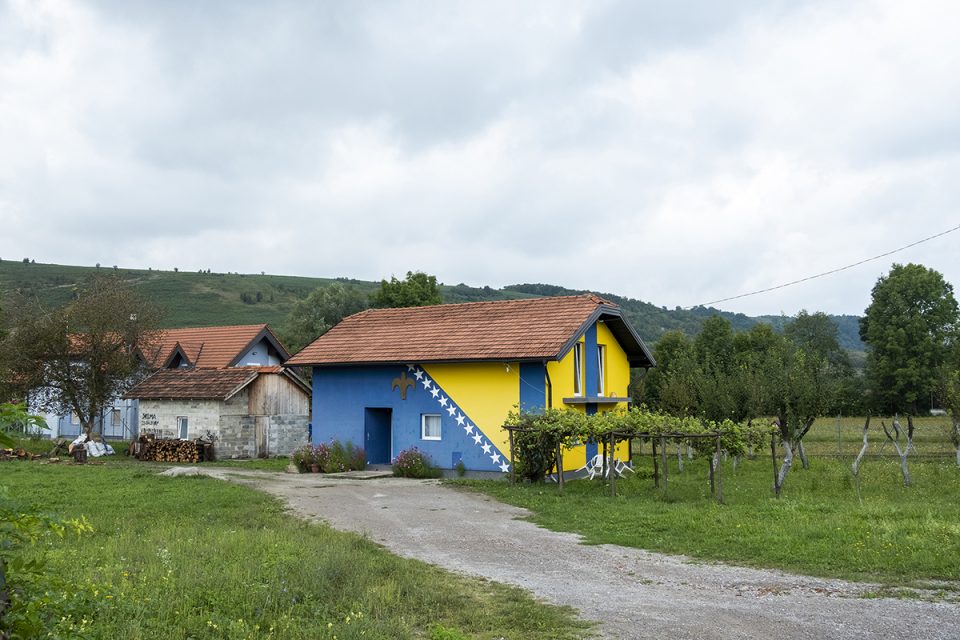
Mitar’s close connection with the community is also reflected in his photographic style and content, in which one barely notices the intrusion of the camera. He explains that he aims to become “invisible”, which he achieves through a deep understanding of his subjects by spending long periods of time with them.
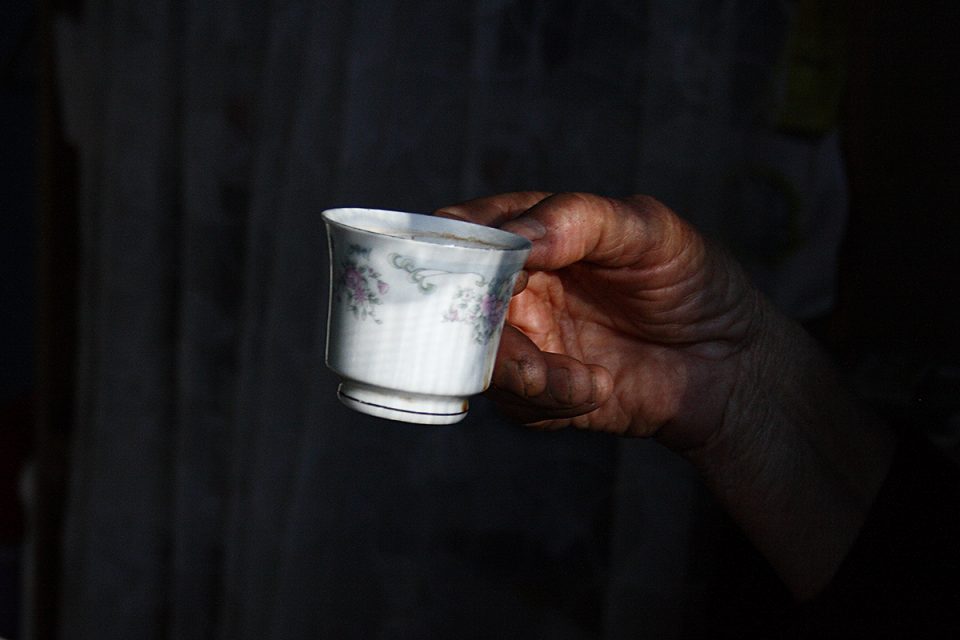
Mitar’s approach endows him with the ability to capture an unembellished portrayal of reality through his photos, making such realities more difficult to ignore. His photos contrast aestheticism with the plights of his subjects, revealing a macabre and unseen beauty in the most difficult of situations. In many ways, a photographer’s vision of the world is expressed in his or her choice of subject, and Mitar is no exception. “If you want to know about me, look at what I document,” he said. In a world dominated by the artificial contentment projected through Facebook and Instagram, he argues that photojournalism has never been more important. In a society where people only want their “15 minutes of glory online”, he feels compelled to proffer up his own undistorted version of reality.
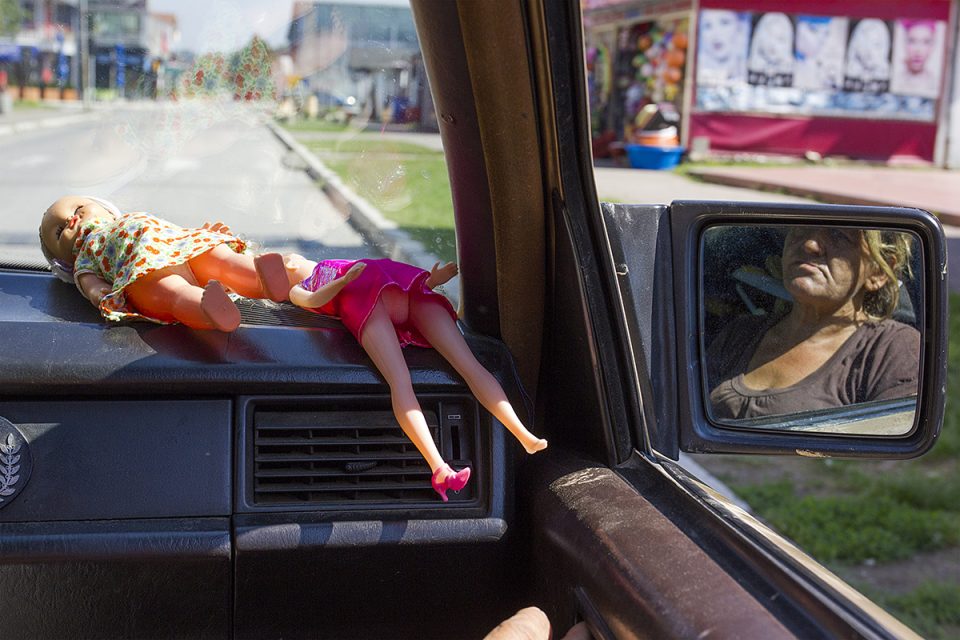
This is not to say that Mitar’s work only holds value for those who live Bijeljina or BiH. Perhaps most impressive is his ability to blend the particular and the universal. Each of his stories presents a specific situation that expresses a wider message about humanity. I offered him the following quote from John Berger: “A photograph, whilst recording what has been seen, always and by its nature refers to what is not seen.”
He reacted with interest and said he agreed with the quote. He then noted one particular project during which he spent six months with Ranko Mijatovic-Sarac – his father’s cousin and a man who suffered from a severe case of post-traumatic stress disorder. With the Sarac project, he had a personal attachment as a family member, but Sarac came to represent the destructive effects of war on the country and humanity as a whole. The images of the isolated Sarac in a family setting are particularly powerful. Mitar explains how these images developed into a story about Sarac’s relationship with his family members who do not appear in the photographs. Traditional Bosnian families are large and stay together, therefore, these images not only demonstrate the destruction of Sarac but of the traditional Bosnian family.
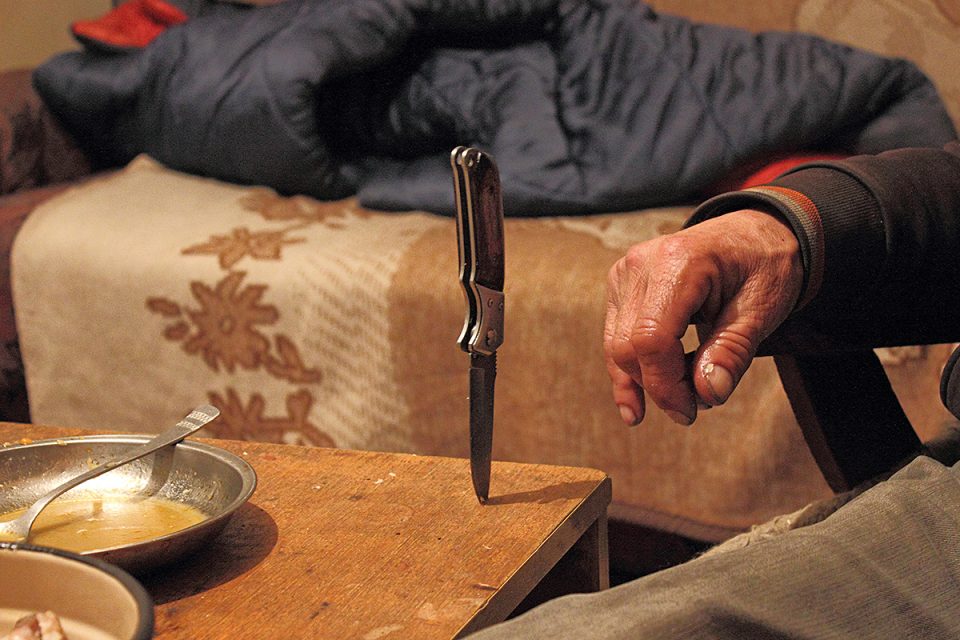
Sarac had one favorite photograph of himself, a particular image that made him feel like a cowboy from an American movie. When he died, his son placed this photo in his living room. Mitar explained, “I show his isolation in the photos, but also try to show the connections between him and society.”
Mitar concluded our interview with a positive message, explaining that determination and the intervention of good people like Mustafa demonstrate you can make it in this country if you work hard enough. Throughout our more casual conversations, Mitar would quietly and reservedly give praise to Bijeljina and its people, not with boastful arrogance, but with shy sincerity. It seems that he hasn’t given up on his city and, in the end, he doesn’t need to.
To find out more about Mitar and his work visit https://mitarsimikic.com/.



